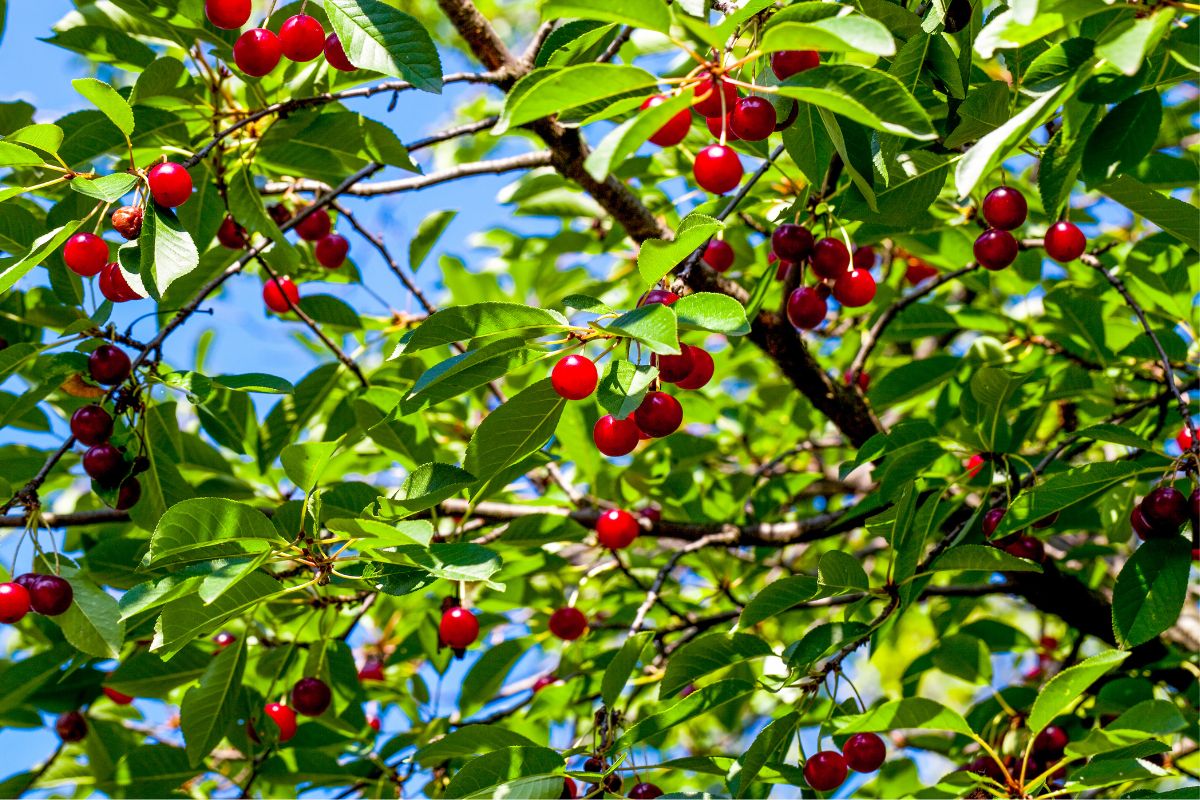Many people think that growing fruit trees needs a lot of space and full sunlight. However, there are several fruit trees that grow in the shade, making them an excellent option for those who have limited outdoor space or a yard with lots of trees. Not only are these trees beautiful and interesting, but they can also give you a lot of delicious fruit.
Let’s look at some fruit trees that can grow in partial shade in this article.
11 Fruit trees that grow in the shade
1. Sour cherry trees
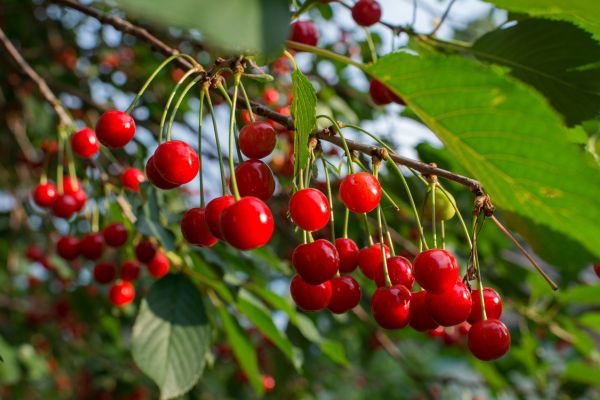
Zone: 4 to 8
Cherry trees are a beautiful addition to any garden, and they come in majestic colors. If you only have a small amount of outdoor space available in your garden, you might want to consider planting a few sour cherry trees there.
This fruiting tree produces small fruits that are both sweet and sour in flavor. They have an average lifespan of at least 20 years and can reach a height of up to 18 feet.
2. Juneberry trees
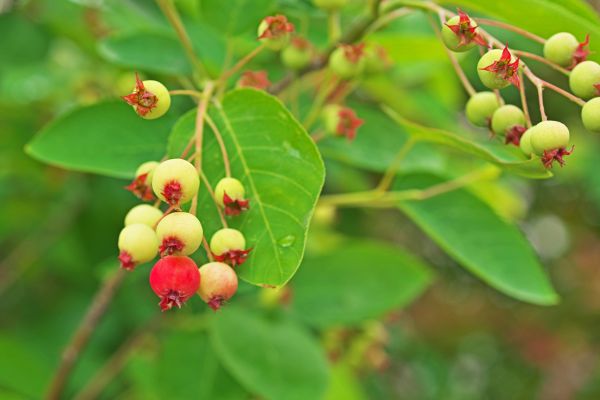
Zone: 4 to 8
The Juneberry tree is a gorgeous plant with small white flowers that bloom in the spring. It has green leaves that eventually turn an orange-red color before falling off in the fall, and it can reach a height of up to 25 feet. Juneberries are very adaptable plants that were originally found in North America.
This tree is able to thrive in a wide variety of soils, including those found in moist places. It grows the healthiest in full sun but can also survive in partial shade.
However, during dry seasons, it requires sufficient watering. It’s one of the best trees to plant in your yard because the fruits of this tree are frequently used to make products such as wine, jams, pies, and syrup.
3. Guava
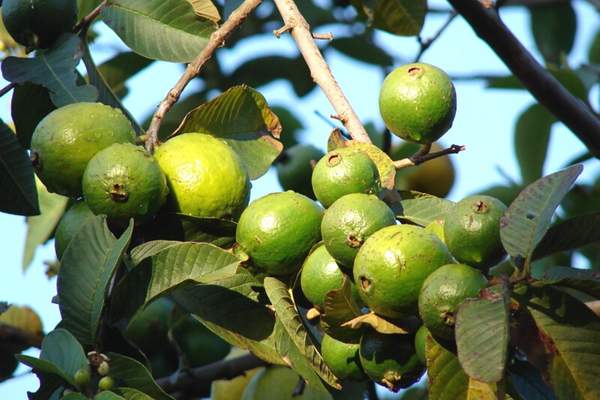
Zone: 9 to 11
The guava tree is a species of tropical fruit tree that’s typically grown in the shade. Although they originated in the tropical Americas, they have since been distributed throughout the rest of the world.
These trees can thrive in almost any type of soil, though they do best in well-drained sandy or loamy soil. When it’s fully ripe, the guava fruit takes on a yellow-green color and develops a flesh that’s both sweet and juicy.
4. Avocado
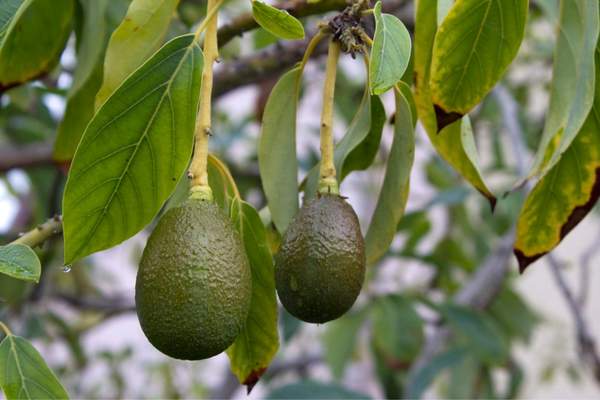
Zone: 9 to 11
The avocado tree is native to Mexico, but due to the popularity of its fruit, it has been introduced and cultivated in many other countries. It’s best grown in slightly acidic, loose, and loamy soil, and can be exposed to direct sunlight or a little shade.
The avocado tree is a fast-growing tree that has the potential to reach a height of up to 80 feet, but most avocado trees are significantly shorter than that. They bloom tiny greenish flowers and have oval leaves. The fruit follows the flowers and matures from green to a brownish-black color.
5. Pear trees
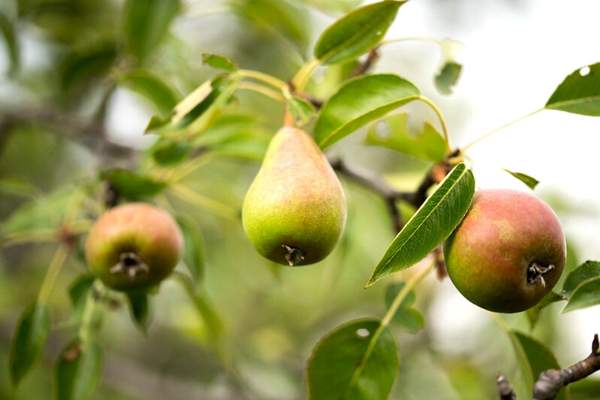
Zone: 4 to 8
A pear tree is a type of deciduous fruit tree grown for its edible fruits. Cooking with pears is a common practice, but they’re also delicious when eaten raw.
The trees can’t thrive without exposure to sunlight, but they can produce fruit even when grown in shady conditions. Depending on the type of pear that’s being cultivated, the fruit on the tree will typically begin to ripen in the late summer or fall.
6. Mulberries
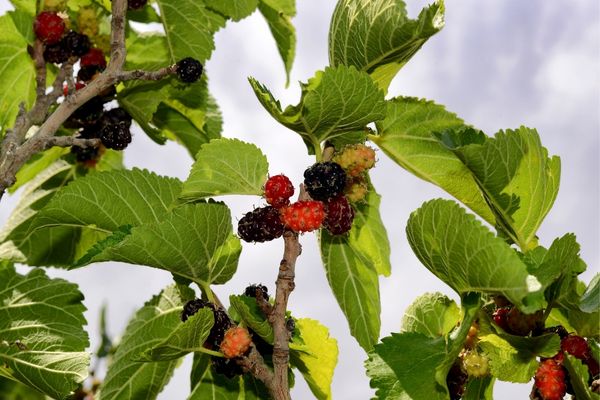
Zone: 4 to 8
The mulberry tree is a species that was originally found in Asia and North America, but it has since been widely distributed across the globe. Light shade is no problem for these plants, and they thrive in tropical and warm temperate climates. This tree bears delicious fruits in the late summer or early fall, which turn a deep purple or even black when they have reached their full ripeness.
7. Peach
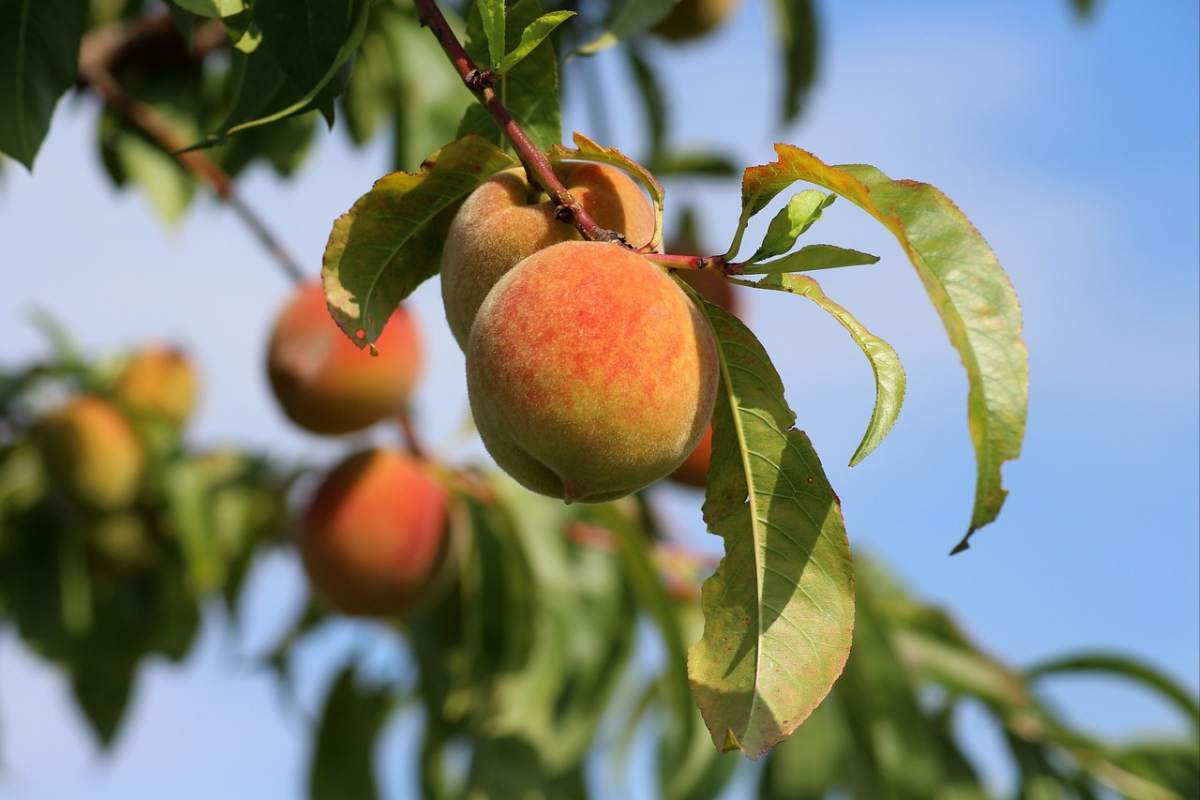
Zone: 4 to 9
A peach tree is a deciduous fruit tree that can grow up to 25 feet tall and bear fruit from late spring to midsummer. Peach trees, like all other fruiting trees, require a location that receives full sun but can also survive in locations that receive some shade. When they’re ripe, the fruits of this tree are fuzzy and golden-red in color, and their insides are bright yellow. They can be prepared by cooking, baking, or even eaten raw.
8. Pawpaw trees
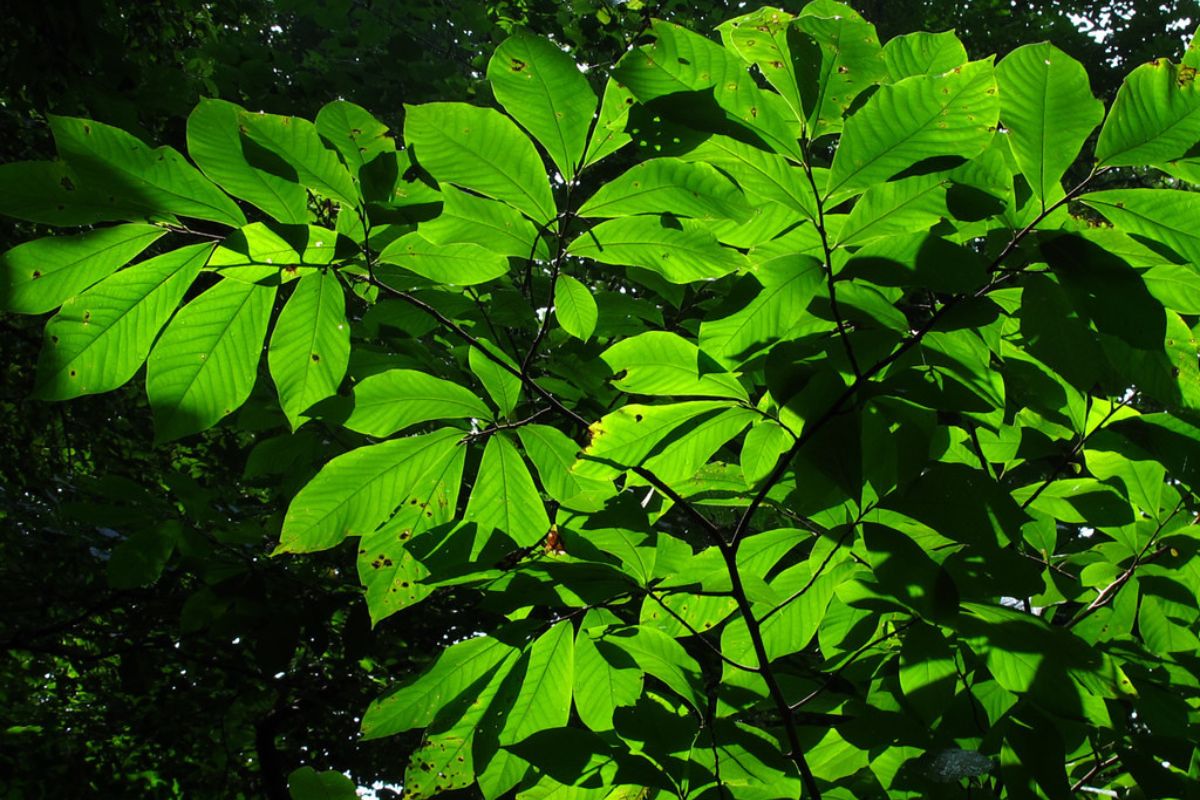
Zone: 5 to 8
Pawpaw trees are the ideal addition to any garden because they don’t require a lot of maintenance and can even be grown in partial shade. Additionally, the trees favor well-drained soil that’s dense with organic matter and has a slightly acidic pH.
The fruit of these trees, which are native to North America, is prized for its delicious flavor, which resembles a combination of mango and banana. The months of August and September are typically the best months for harvesting pawpaws, and the fruits are most commonly consumed raw.
9. Loquat trees
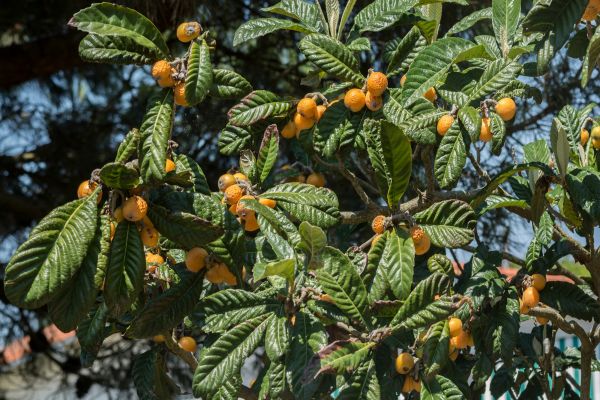
Zone: 8 to 10
There is a species of tree that’s native to both Japan and China known as the loquat tree or the Japanese medlar. It has also been introduced to many other countries around the world, primarily due to its delicious fruits and leaves, which can be used to make herbal tea.
These trees are able to thrive in a variety of well-drained soil types and can even tolerate some shade. Because of their sweetness, the fruits are frequently prepared as jam, compote, or marmalade in order to prolong their shelf life and maintain their flavor.
10. Apple
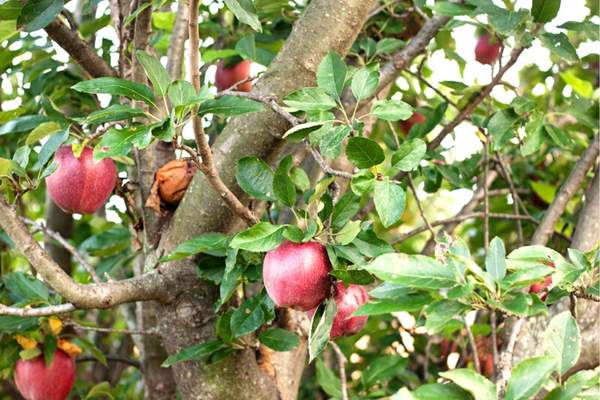
Zone: 3 to 5
Apple trees are one type of fruit-bearing tree that you could plant in a partially shaded area of your garden. These trees have gained a lot of popularity over the years because of the delicious fruit they produce, which is generally considered as one of the fruits that are consumed the most around the world.
The majority of fruits are picked between the months of September and October, but the exact timing varies depending on the type of apple.
11. Fig trees
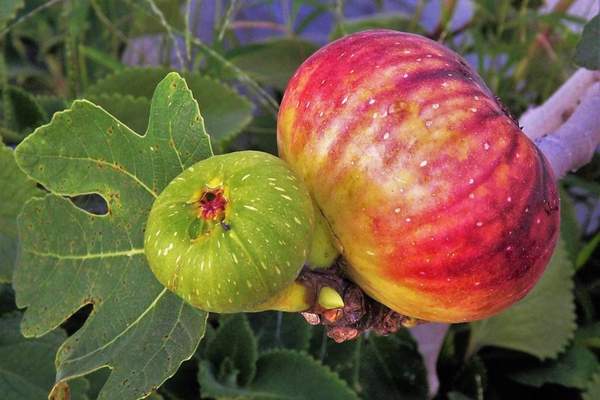
Zone: 7 to 12
Fig trees are a unique species of tree that can only be found in regions of the world with warmer temperatures. They’re known for producing sweet fruits with a texture that’s soft and mushy.
These trees are able to tolerate being planted in areas of your garden that receive partial shade, so you can plant them there. However, in order for them to thrive well in their area, the soil must have good drainage and be rich in organic matter.
